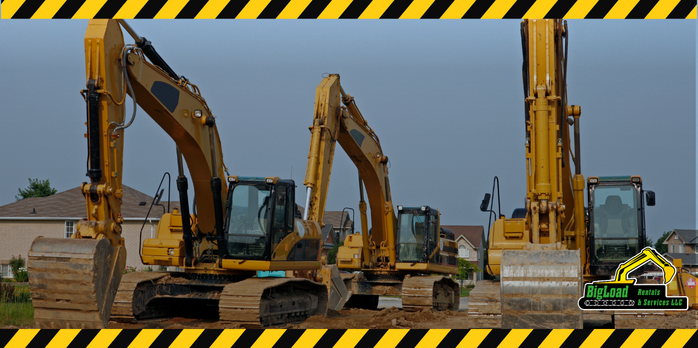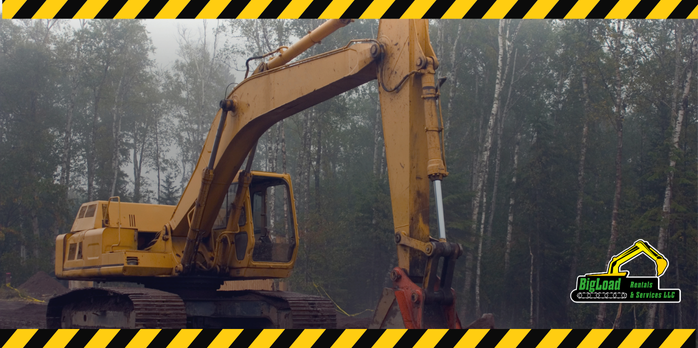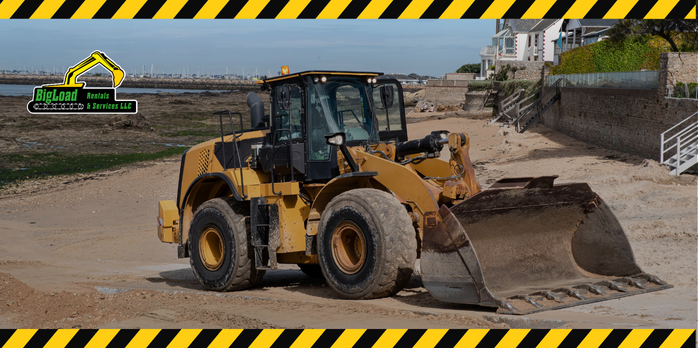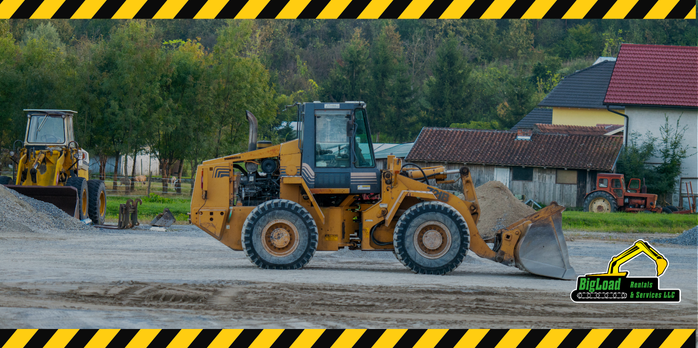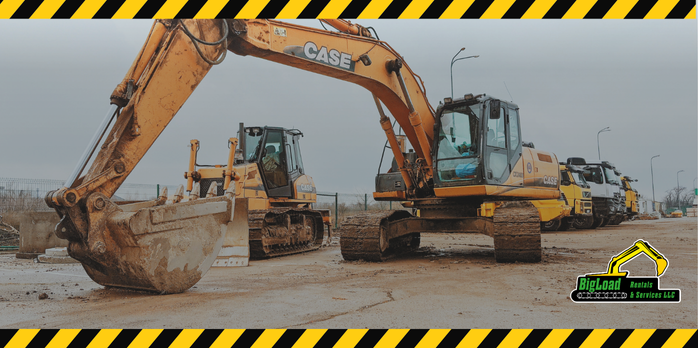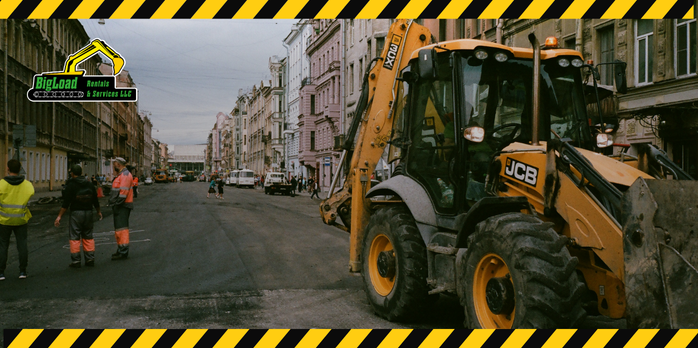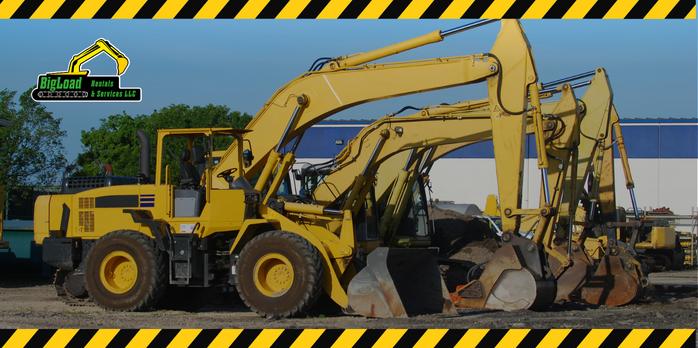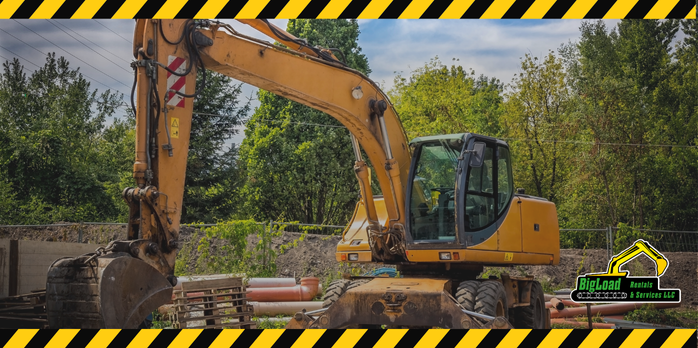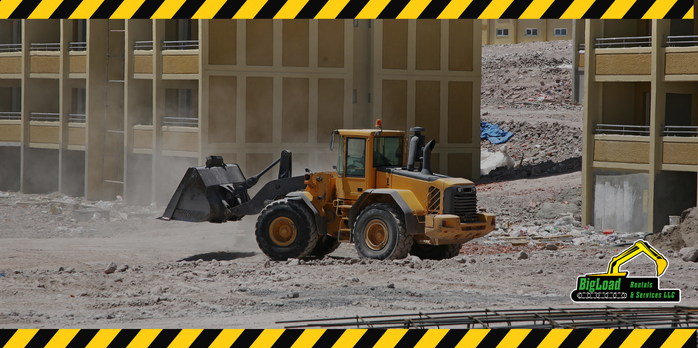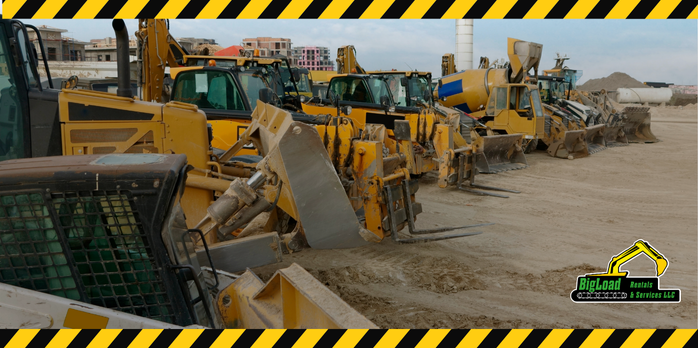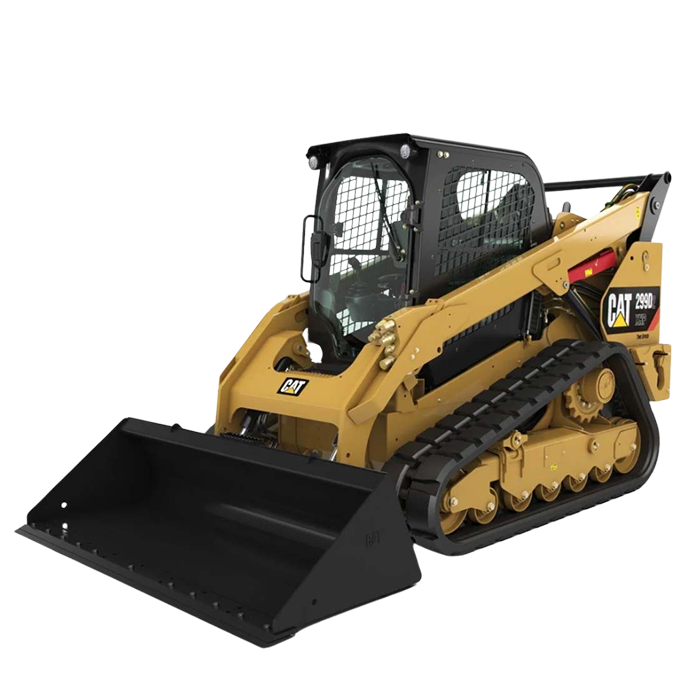Understanding Scissor Lift Safety
Detailed Instructions on Operating these Lifting Equipment Safely
Scissor lifts are invaluable tools for working at heights in various industries, from construction to maintenance. However, ensuring safety is paramount when operating these devices. This guide provides detailed instructions on how to operate a scissor lift safely, including standards and precautions to follow for a secure work environment.
- Equipment Overview: Scissor lifts consist of a platform supported by crisscrossing metal supports that extend upward, providing vertical elevation. They are used for tasks such as maintenance, installation, and repair work at heights.
- Safety Standards: Scissor lifts are governed by safety standards and regulations to protect operators and workers. Adhering to these standards is essential for preventing accidents and injuries.
Operating Procedures:
- Pre-Operation Inspection: Before using a scissor lift, conduct a thorough inspection of the equipment:
-
- Check for any visible damage, leaks, or loose parts.
- Ensure all safety features, such as guardrails and emergency stops, are in place and functioning correctly.
- Verify that the platform is clear of debris or obstructions.
- Safety Gear: Always wear appropriate personal protective equipment (PPE), including:
-
- Hard hat
- Safety harness (if working at elevated heights)
- Safety boots
- High-visibility vest
Safe Operation:
- Platform Capacity: Do not exceed the maximum weight capacity of the scissor lift platform. This includes the weight of operators, tools, and materials.
- Stability: Ensure the scissor lift is on stable ground before elevating the platform. Use stabilizing outriggers if provided.
- Operating Controls: Familiarize yourself with the scissor lift's controls before operation. These typically include:
-
- Up and down controls for platform elevation
- Emergency stop button
- Drive and steering controls (if applicable)
- Platform Positioning: Position the scissor lift platform close to the work area but maintain a safe distance from edges or drop-offs.
- Avoid Obstacles: Be aware of overhead obstacles such as power lines or beams. Maintain a safe distance to prevent collisions.
- Descending Safely: When lowering the platform, ensure there are no obstructions below. Lower the platform slowly and steadily.
- Emergency Procedures: Know how to respond in case of emergencies, including:
-
- Emergency stop procedures
- Rescue protocols for trapped personnel
- Contacting emergency services if needed
- Post-Operation Inspection: After use, inspect the scissor lift for any damage or issues. Report any problems to maintenance personnel.
Compliance with Regulations:
Ensure compliance with Occupational Safety and Health Administration (OSHA) regulations and any local safety standards specific to scissor lift operation.
Ready to operate a scissor lift safely? Big Load Equipment Rentals provides scissor lifts that meet safety standards for your projects. Call us at (832) 366-4862 for information on scissor lift rentals and safety guidelines. Trust Big Load for secure and efficient lifting solutions!
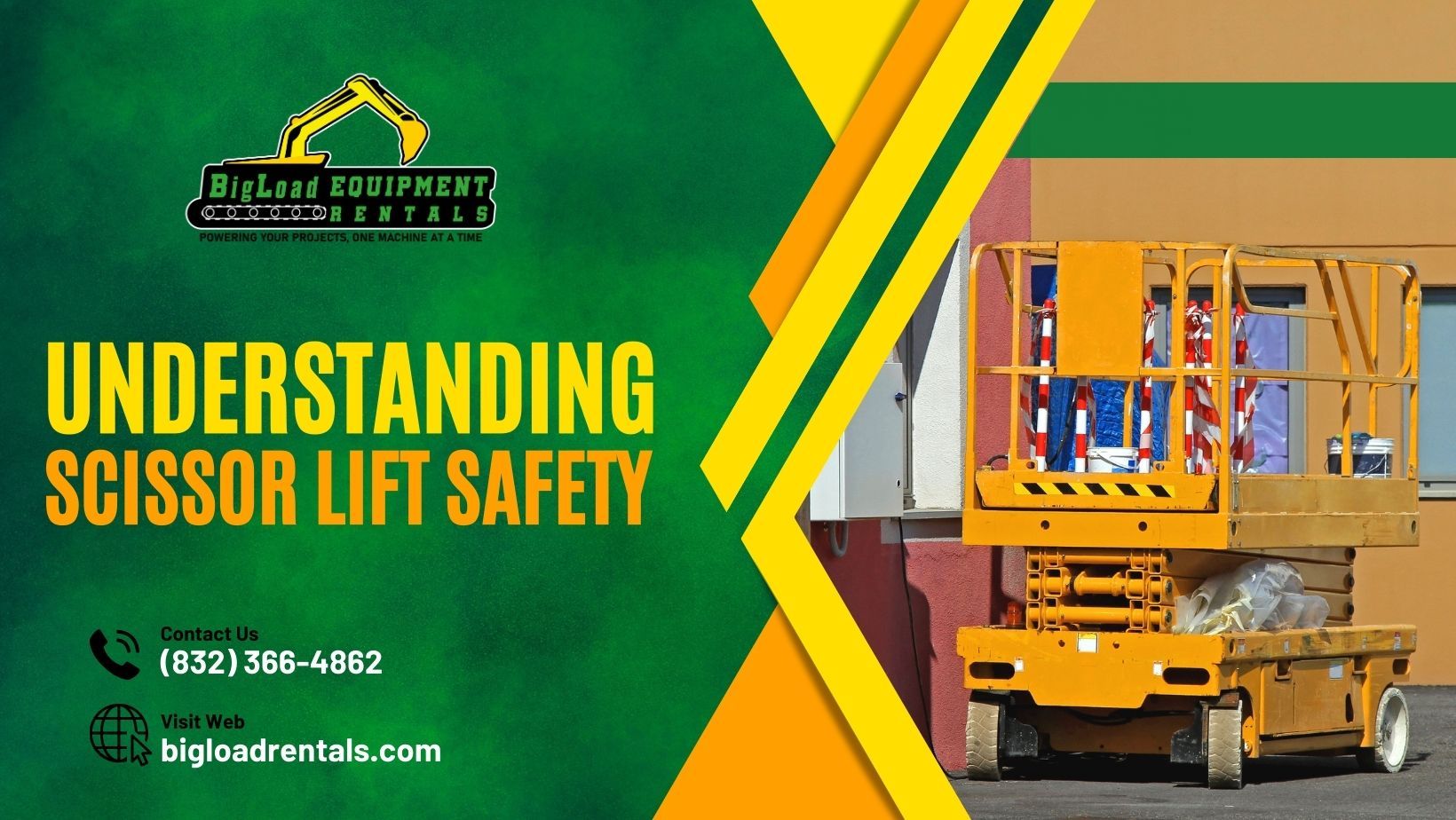
Comprehensive Equipment Rental Services, Earthmoving Equipment Rental, Professional Excavation Services, Material Lifting Solutions, Precision Road Grading Rentals, Construction Equipment Hire, Specialized Earthmoving Services, Advanced Excavation Equipment, Durable Material Handling Machinery, Custom Land Grading Solutions, Heavy Machinery Rental Services, Industrial Equipment Leasing, Top-Quality Construction Tools Rental, Efficient Project Equipment Solutions, Comprehensive Material Handling Services
